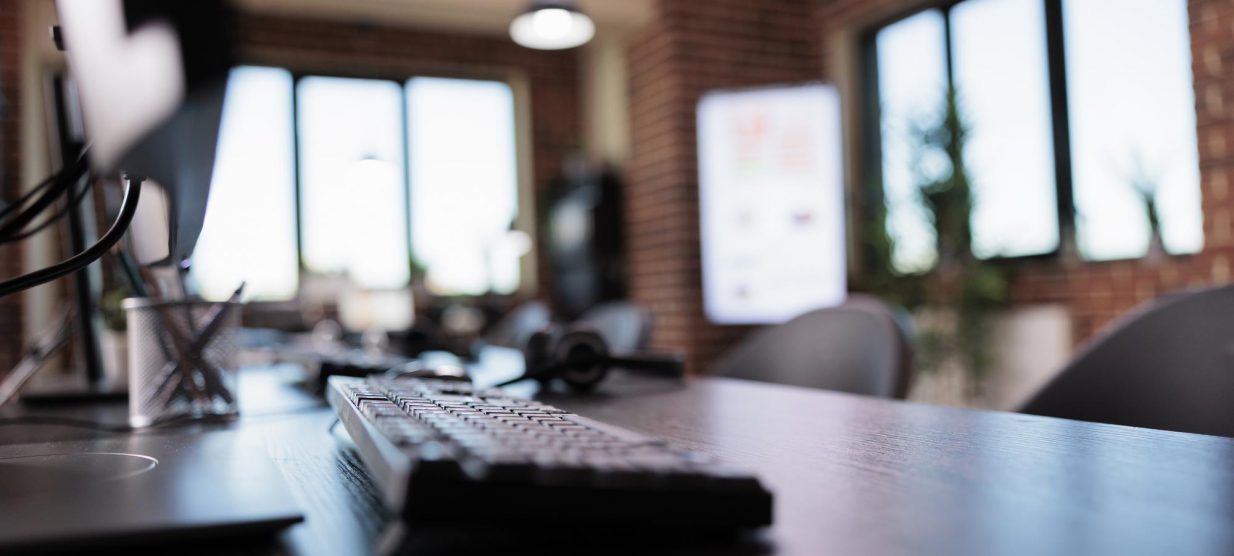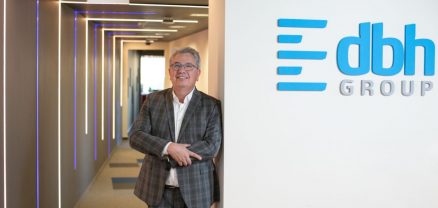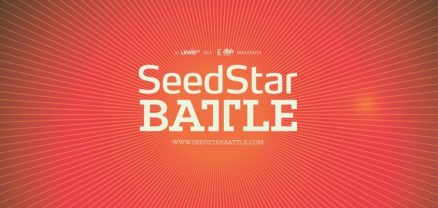The Psychology of Office Spaces: How Design Affects Productivity
The design of an office space is more than just an aesthetic choice—it’s a powerful tool that can influence employee focus, creativity, and overall productivity. When a workspace is thoughtfully designed, it creates an environment that motivates and supports its workforce. This intersection of interior design and behavioral science is often referred to as “office psychology,” and understanding its principles can give businesses a competitive edge.
This guide will explore how elements like color psychology, workspace layouts, natural light, and greenery affect productivity. Through case studies and expert opinions, we’ll uncover actionable insights for Human Resources (HR) professionals, office managers, and workspace designers seeking to create more effective work environments.
The Impact of Color Psychology in Offices
Colors can evoke specific emotional responses, which can directly affect focus, comfort, and productivity. The study of color psychology in office design has shown that different colors serve different purposes:
Blue for Focus and Efficiency
Blue is a calming color that reduces stress and increases focus. It’s particularly effective for roles that require intense concentration, such as programming or accounting.
Green for Balance and Relaxation
Green represents balance and calm. With links to reduced eye strain, it’s an excellent choice for spaces where people spend long hours, such as conference rooms or shared seating areas.
Yellow for Creativity
Often associated with energy and optimism, yellow can encourage creativity and innovation. It’s a popular choice for brainstorming areas and design studios, though it should be used sparingly as overly bright shades can become overwhelming.
Red for Energy and Action
Red is an intense, energizing color that can stimulate physical activity. This makes it ideal for specific areas like fitness zones in the office but less suitable for quiet workspaces.
When selecting colors, it’s crucial to balance aesthetics with functionality. Consider adding accent walls, colored furniture, or even artwork to integrate these psychological benefits into your spaces.
Open vs. Closed Workspaces: Striking the Right Balance
Since the rise of the tech industry, open office spaces have dominated workplace design under the assumption that they foster collaboration. However, recent research shows that open layouts can also lead to distractions and reduced productivity. Conversely, completely closed layouts, while excellent for focus, can limit team interaction.
Pros and Cons of Open Workspaces
Pros
- Encourage spontaneous collaboration and idea-sharing
- Promote a sense of team inclusiveness
Cons
- Noise and distractions can overwhelm employees
- Limited privacy, which may impact deep focus
Balancing the Spectrum with Hybrid Spaces
A solution lies in hybrid office designs that combine open areas for collaboration with dedicated quiet zones for focused work. Some implementations include:
- Breakout Areas: Informal spaces with casual seating that encourage team discussions.
- Focus Pods: Enclosed booths or small rooms designed for deep individual focus.
- Flexible Desking Policies: Allowing employees to select a workspace that suits their task for the day.
Ultimately, striking the right balance is about understanding the needs of your workforce and creating zones that cater to a variety of activities.
The Role of Natural Light and Greenery
Two elements that often go unnoticed yet profoundly impact workspace productivity are natural light and greenery.
Natural Light for Wellbeing and Alertness
Access to natural light is consistently linked to improved mood, better sleep, and higher energy levels. A study conducted by HR consultancy Future Workplace found that employees working in environments with natural light report an 84% drop in symptoms like eyestrain, headaches, and fatigue.
Simple ways to increase natural light in offices:
- Opt for large windows or glass partitions instead of opaque dividers.
- Arrange desks closer to windows to allow employees better daylight access.
- Use light-colored walls and reflective surfaces to amplify sunlight throughout the space.
Greenery for Mental Health and Air Quality
Biophilic design, which incorporates natural elements like plants, has proven mental health and productivity benefits. Indoor plants can reduce stress, enhance cognition, and purify the air.
Easy ways to integrate greenery:
- Place potted plants on desks and shelves.
- Add living walls or hanging planters in common areas.
- Incorporate outdoor seating or garden patios where employees can work or relax.
Case Studies and Expert Opinions
The theory behind office psychology is compelling, but how do organizations implement these principles in real life? Here are two case studies that illustrate the successful application of thoughtful office design:
Google’s Collaborative Zones
Google is known for its playful yet functional office spaces. By incorporating elements like color-coded work areas, large windows, and modular furniture, Google allows employees to choose between collaboration zones and quiet corners. Their user-first approach to office design has led to significant gains in employee satisfaction and output.
Etsy’s Biophilic Headquarters
Etsy’s HQ in Brooklyn is a shining example of biophilic design. With over 25% of the floor space dedicated to greenery, including indoor gardens and plant-covered ceilings, Etsy has created an environment that fosters creativity and reduces stress. This nature-inspired design reflects the company’s values of sustainability and innovation.
Expert Opinion
Dr. Sally Augustin, an environmental psychologist, emphasizes:
“Workspaces should adapt to both the organizational culture and the specific tasks being performed. Multi-functional spaces allow workers to shift seamlessly between collaboration and focus, which is a significant productivity driver.”
Actionable Office Design Ideas
To transform your office into a productivity powerhouse, start with these actionable steps:
- Conduct feedback surveys to identify your employees’ workspace needs.
- Introduce nature-inspired elements like plants and natural light.
- Rethink your office’s layout by incorporating open and closed zones based on specific needs.
- Use color strategically to cater to different tasks and moods.
By putting your employees’ well-being and productivity at the heart of your office design, you not only foster a happier workplace but also ensure long-term success.

Do not hesitate to contact us
Get in touch, if you have any question


